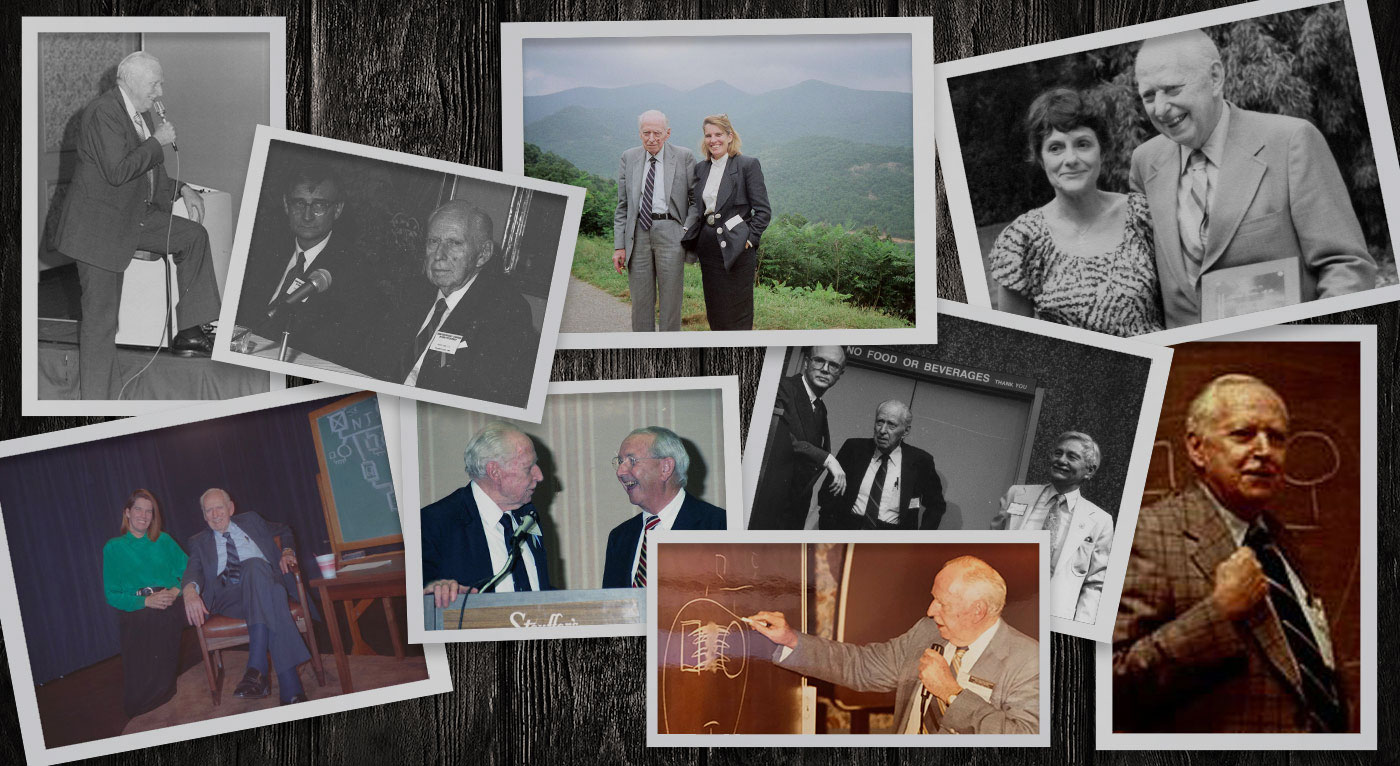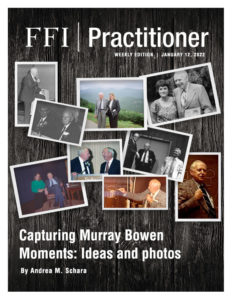
View this edition in our enhanced digital edition format with supporting visual insight and information.
Last week we looked to the future with FFI Futurenaut-in-Residence Mark Stevenson. Today, like Janus, we look in another direction to reflect on the work of 20th century psychiatrist (and futurist!) Murray Bowen. With one of those rare, truly original ideas, Bowen developed family systems theory and, by extension, forever changed family enterprise consulting and research paradigms.
We hope you enjoy this article and the related photographs by Andrea Schara who worked closely with Dr. Bowen from 1976 to 1990.
As this New Year begins, I am honoring the life of Murray Bowen, MD, by sharing a few of the 2,000+ photographs that I took of him between 1978 and 1990. I hope this article, which outlines some of his seminal ideas about what has come to be known as Bowen Family Systems Theory, and the accompanying photographs will enable FFI Practitioner readers to further appreciate the value of a genuinely new idea. In this case, a theory, which provides the world with a model of human behavior that gave rise to a radically new way of understanding families and how they function.
My photographic work began when Dr. Bowen admitted me into the postgraduate training in 1976 at the Georgetown University Family Center and then hired me in 1980 as his audiovisual coordinator. Realizing that he was at least a hundred years ahead of people’s ability to understand his systems theory, I decided to document his ideas through video and photos. I might not have fully understood what Dr. Bowen was up to, but even in ignorance, I wanted to preserve his teaching methods, knowing the importance of chronicling, and documenting him for posterity.
Dr. Bowen’s interest in researching families began at the Menninger Institute in 1946, after WWII. In 1954, he accepted a position at the National Institutes of Mental Health (NIMH). Back then, a research protocol was required to bring families together to deal with mental health issues, usually identified in one family member. The family itself was typically considered a negative influence on the identified patient. During his time at NIMH, Dr. Bowen asked staff members to work on their ability to observe families with neutrality rather than rushing in to help. He had recognized that often, when staff members rushed to help families, they would become a part of the family fusion, the togetherness. Too much “help” and an individual’s ability to be a self was lost or muted.
The fusion force, as described by Dr. Bowen, can be observed when people tend to either agree or disagree with others, without having formulated their own ideas. The ability to define what “I” will and will not do and to manage the negative reaction from others is lost in the emotional chaos that ensues when tension rises, and people react emotionally. Dr. Bowen called this effort to be more sperate from the emotional system “differentiation of self.”
In 1960, Dr. Bowen joined the faculty at Georgetown University, where he published the eight concepts of his Family Systems Theory and trained psychiatric residents. Perhaps some readers are familiar with these eight concepts, but as a reminder, they are: 1) Triangles, 2) Differentiation of Self, 3) Nuclear Family Emotional Process, 4) Family Projection process, 5) Multigenerational Transmission Process, 6) Emotional Cutoff, 7) Sibling Position, and 8) Societal Emotional Process.1
Through an anonymous gift in 1975, Dr. Bowen was able to move off-campus and establish the Georgetown University Family Center, which he operated on principles from systems theory and posed questions such as “Can the human be scientific about self and the system?”
Dr. Bowen’s method of taking a three generational family diagram and then coaching the stronger ones in the family to be better observers of the system appeared to have more favorable outcomes than conventional psychotherapy, even for those family members who had serious problems. Coaching the stronger family members ran counter to the conventional efforts to fix the identified “sick person” in the family. The ability of individuals to become increasingly independent of the push and pull within the emotional system was a revolutionary new way of observing and managing symptoms in families.
After 1975, Dr. Bowen stopped inviting family therapists to his main symposium, instead opening his symposium to scientists from other fields. Jack Calhoun, PhD, was first, followed by well-known behavioral and brain scientists like Paul MacLean and Steven Suomi, whom he had met at NIMH.
Throughout his work, Dr. Bowen tried to communicate how the family system is a multigenerational force field with values and instincts and contains individuals with various levels of awareness and sensitivity. The cornerstone of his theory, differentiation of self, assumes that if one person becomes better defined and in better contact with family members, the system itself will calm down, and individuals will be more responsible for self. After this major shift in the approach to family problems, the question that occupied the last years of his life was, “What would it take for the study and understanding of human behavior to become more scientific?”
During his life, Dr. Bowen strived to share his theories with his peers, students, and families through teaching by example, telling stories, asking questions, assuming paradoxical stances, and remaining patient when people were predictably reactive to this new way of thinking.
Almost 75 years after Bowen Theory was introduced into the lexicon of human behavior paradigms and nearly 35 years since Murray Bowen’s death, some of the questions still perplex advisors and researchers in the family enterprise field.
Below please find some selected photos of Dr. Murray Bowen taken over the years I worked with him:
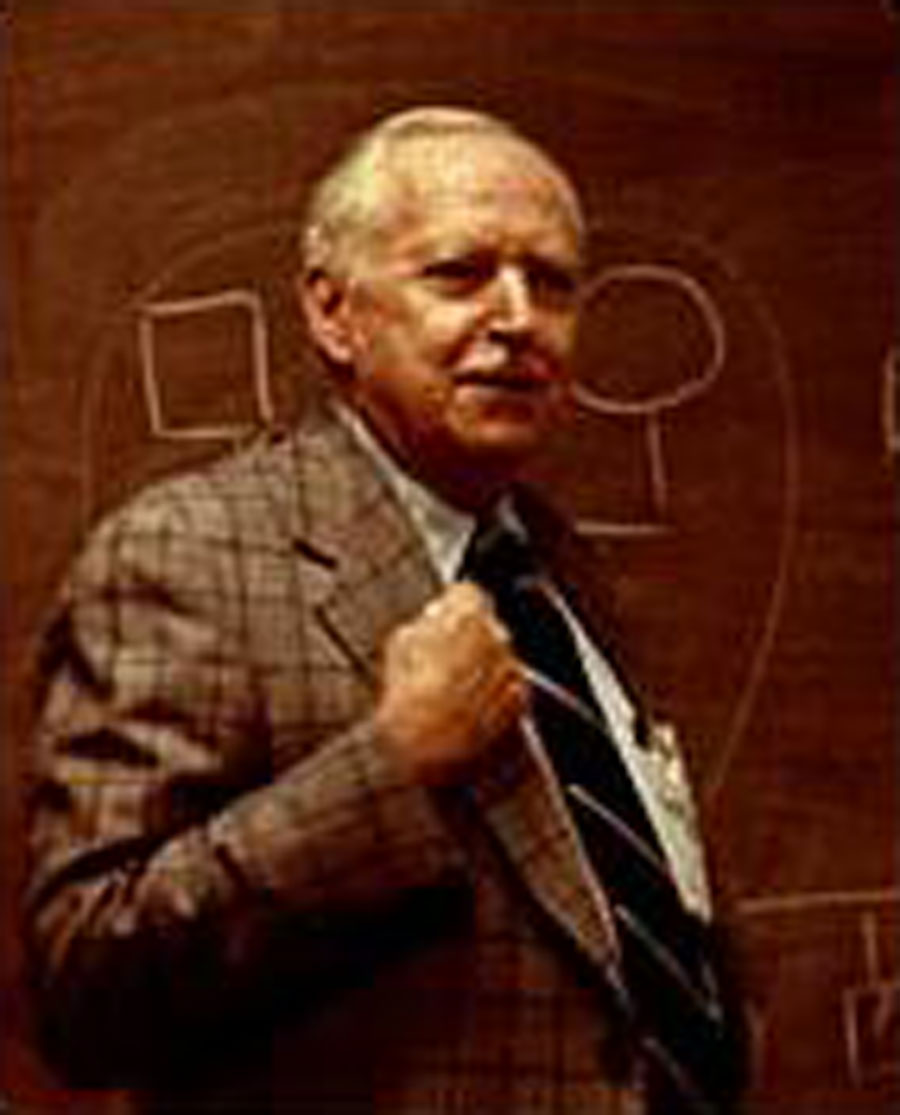
Georgetown University Family Center, 1978
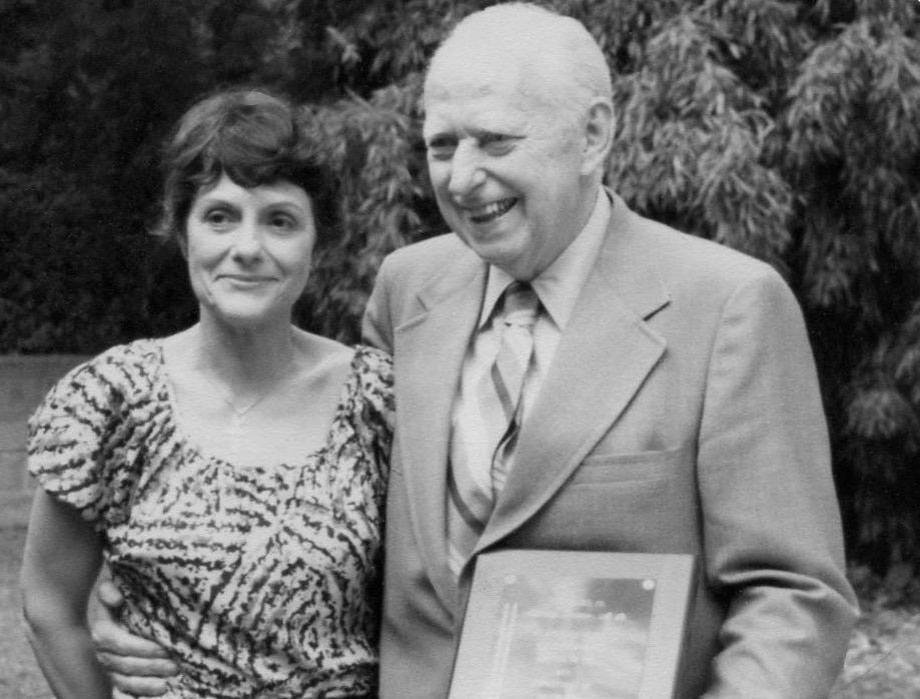
Murray Bowen, MD, and his wife Leroy Bowen, his biggest supporter, after Dr. Bowen received an award for being the first psychiatrist to videotape clinical families at the Medical College of Virginia, 1968-1976. He invited the families to listen to the feedback from professionals. This series lasted 15 years with two families participating monthly.

Clinical Conference Monthly Series
Washington DC, 1978
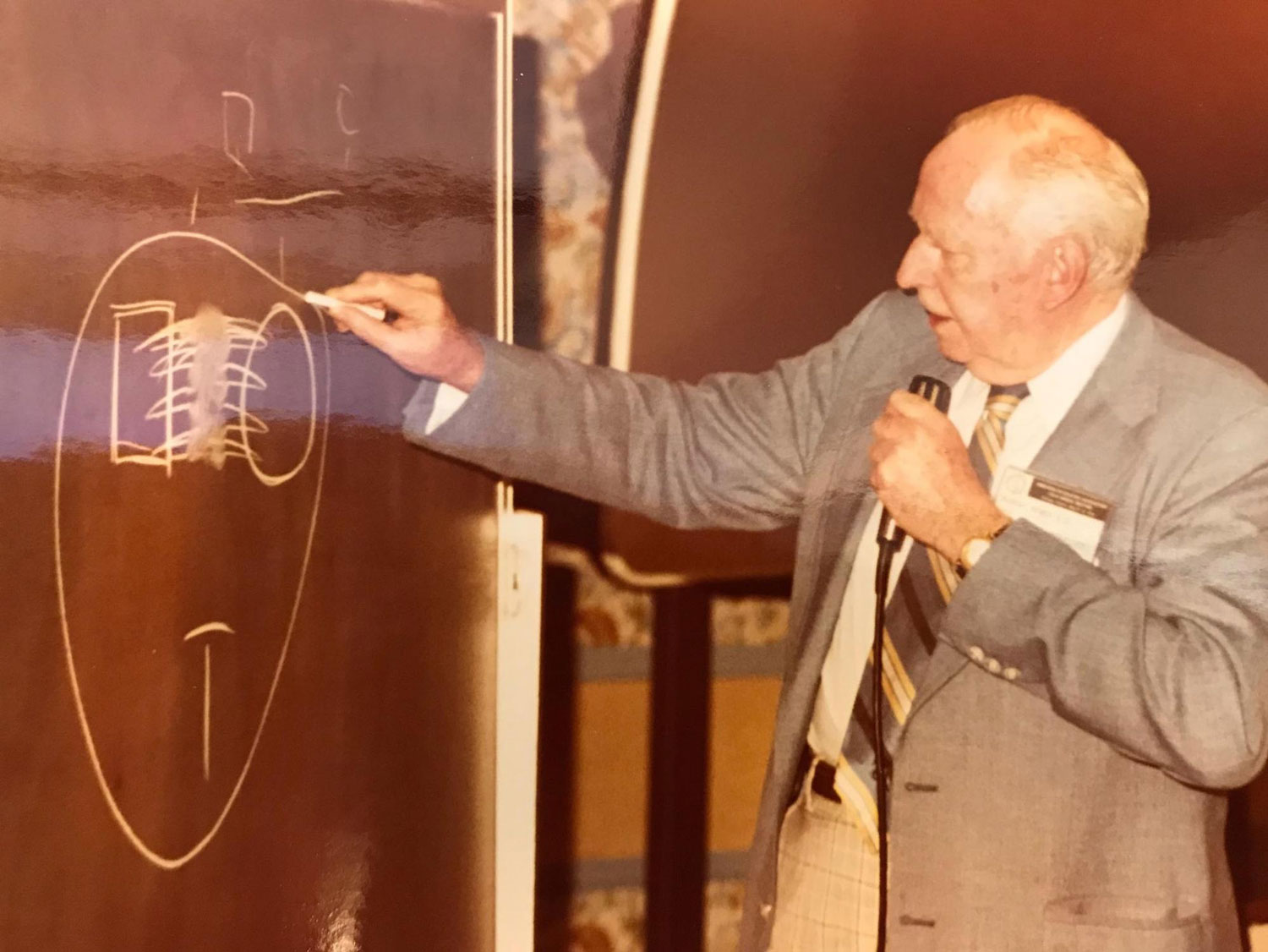
Dr. Bowen drawing emotional cutoff
Stouffer’s Hotel, Washington DC, April 1978
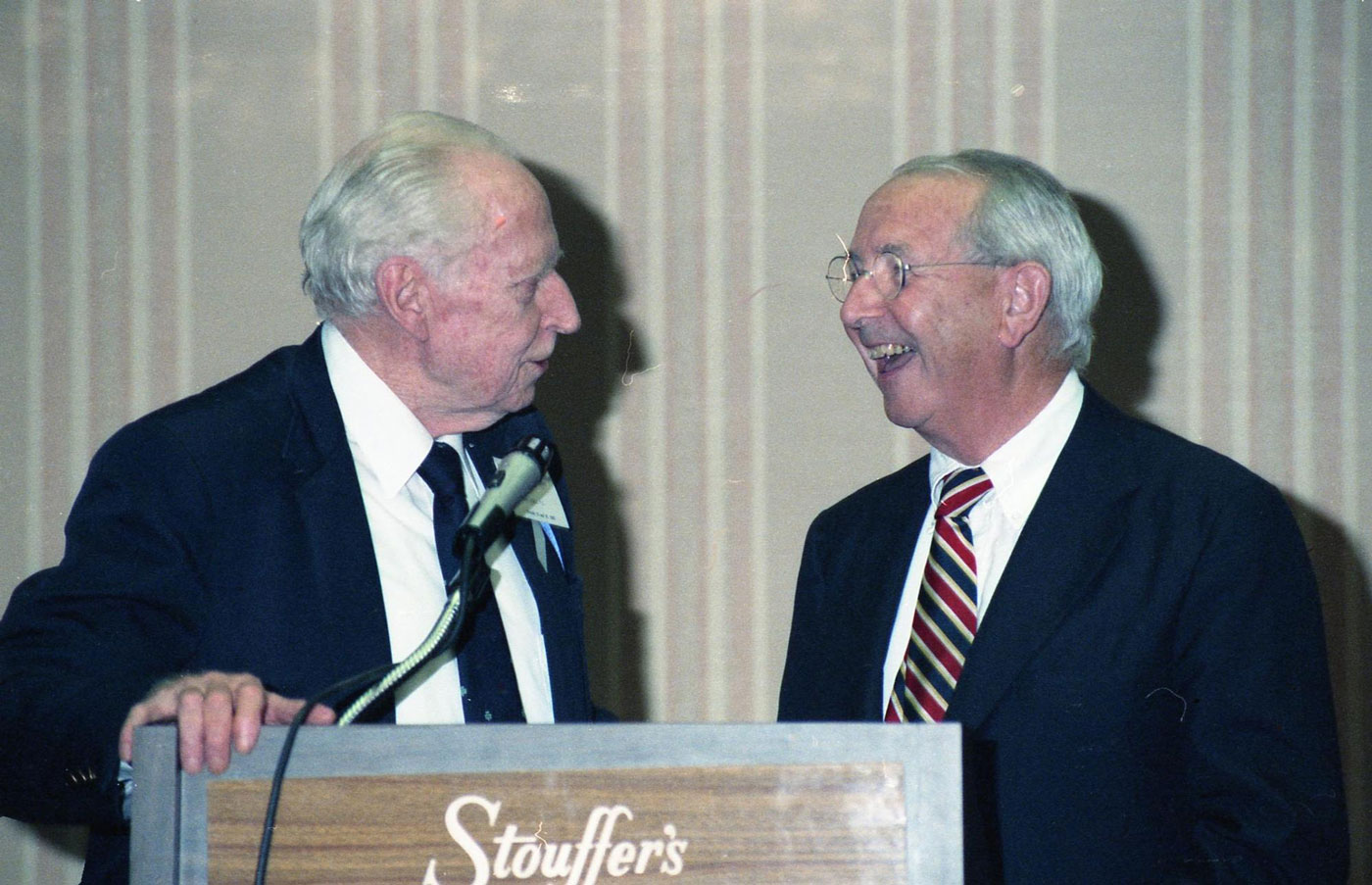
Murray Bowen and Paul Maclean:
The Triune Brain in Evolution
Stouffers Hotel, Washington DC, 1983
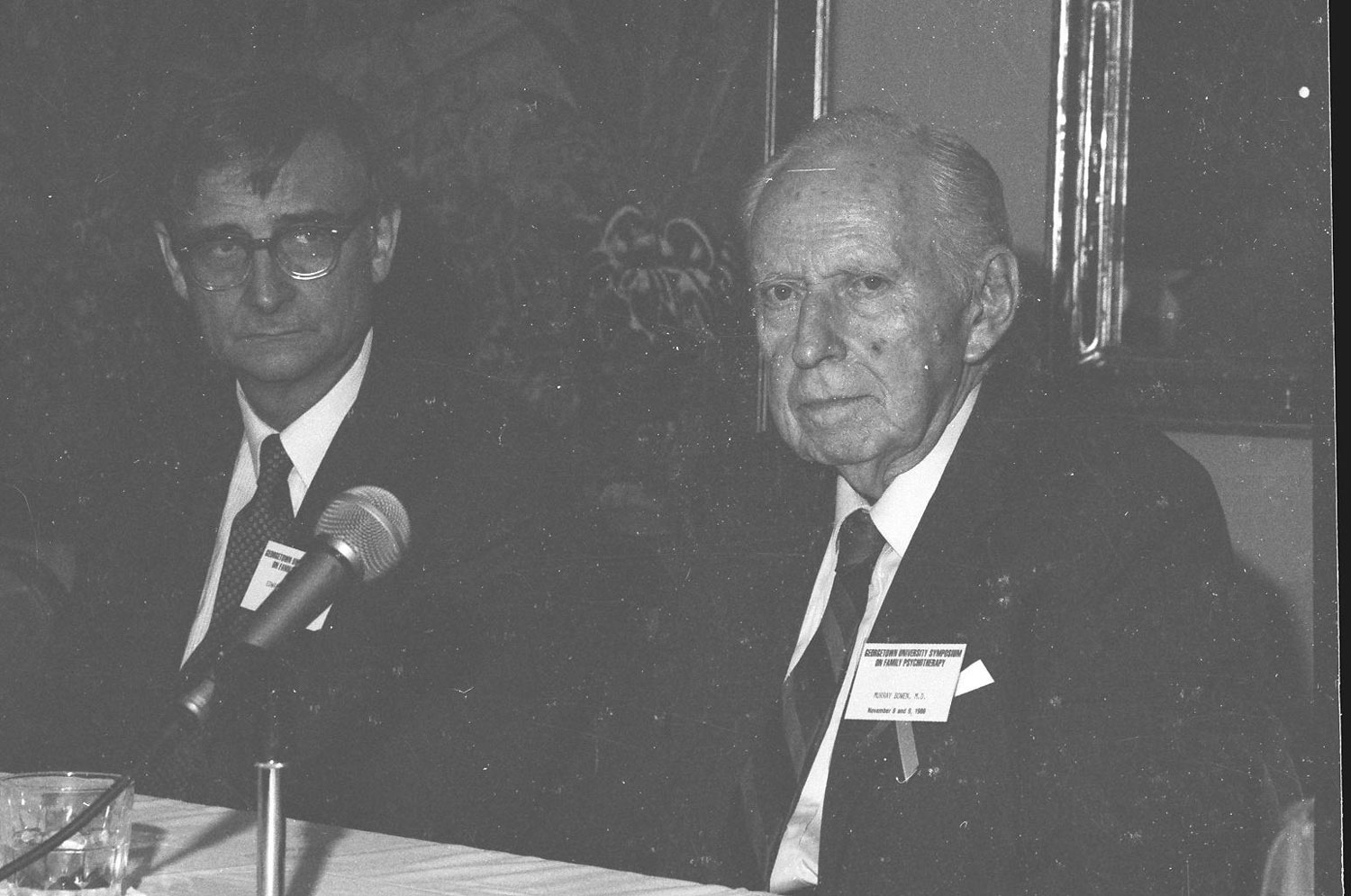
E.O Wilson and Murray Bowen
Yearly Symposium, 1984
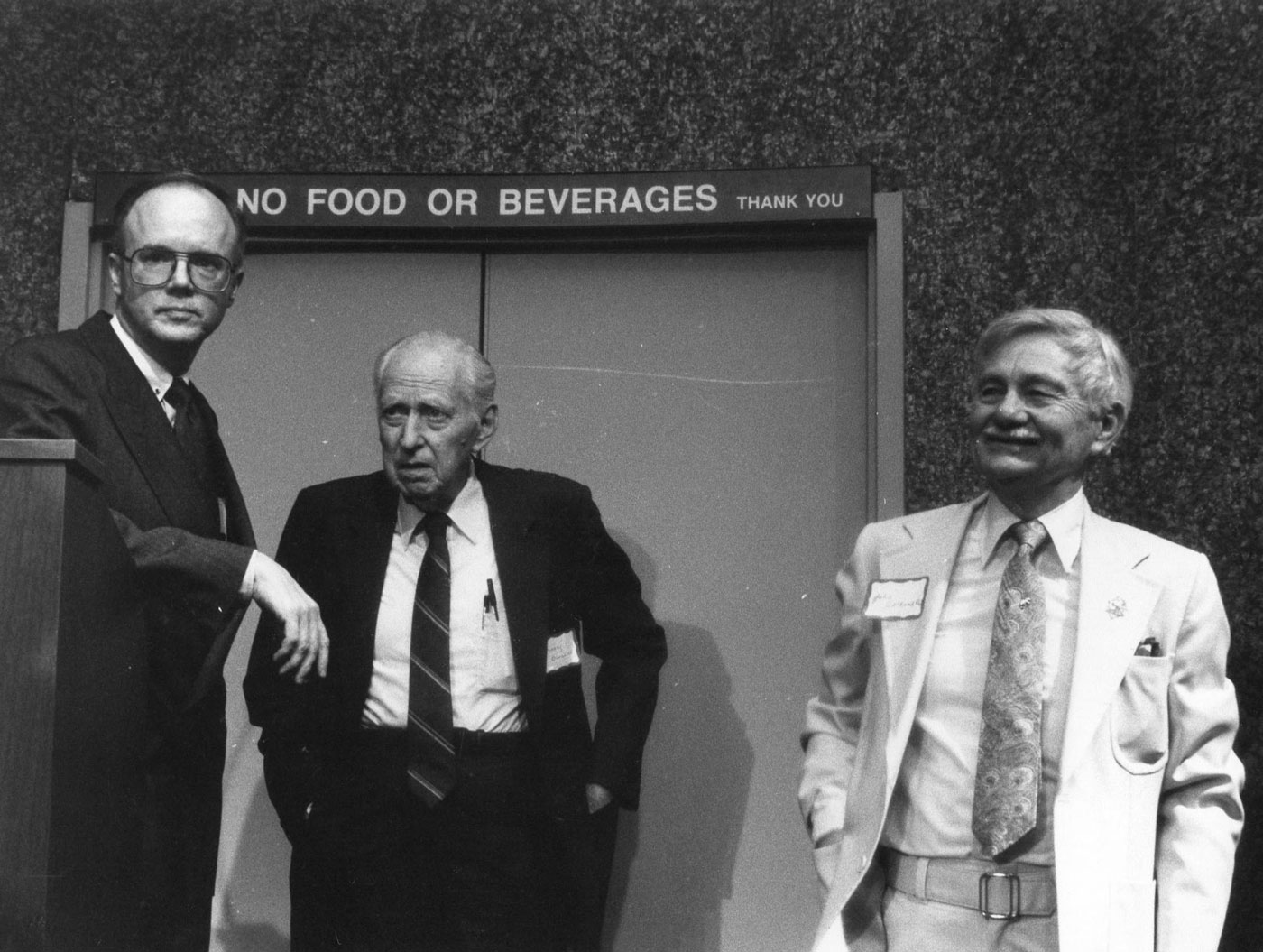
Michael Kerr, Murray Bowen, and Jack Calhoun
A view of the Future: Moving through the eye of the needle
Georgetown University, 1985
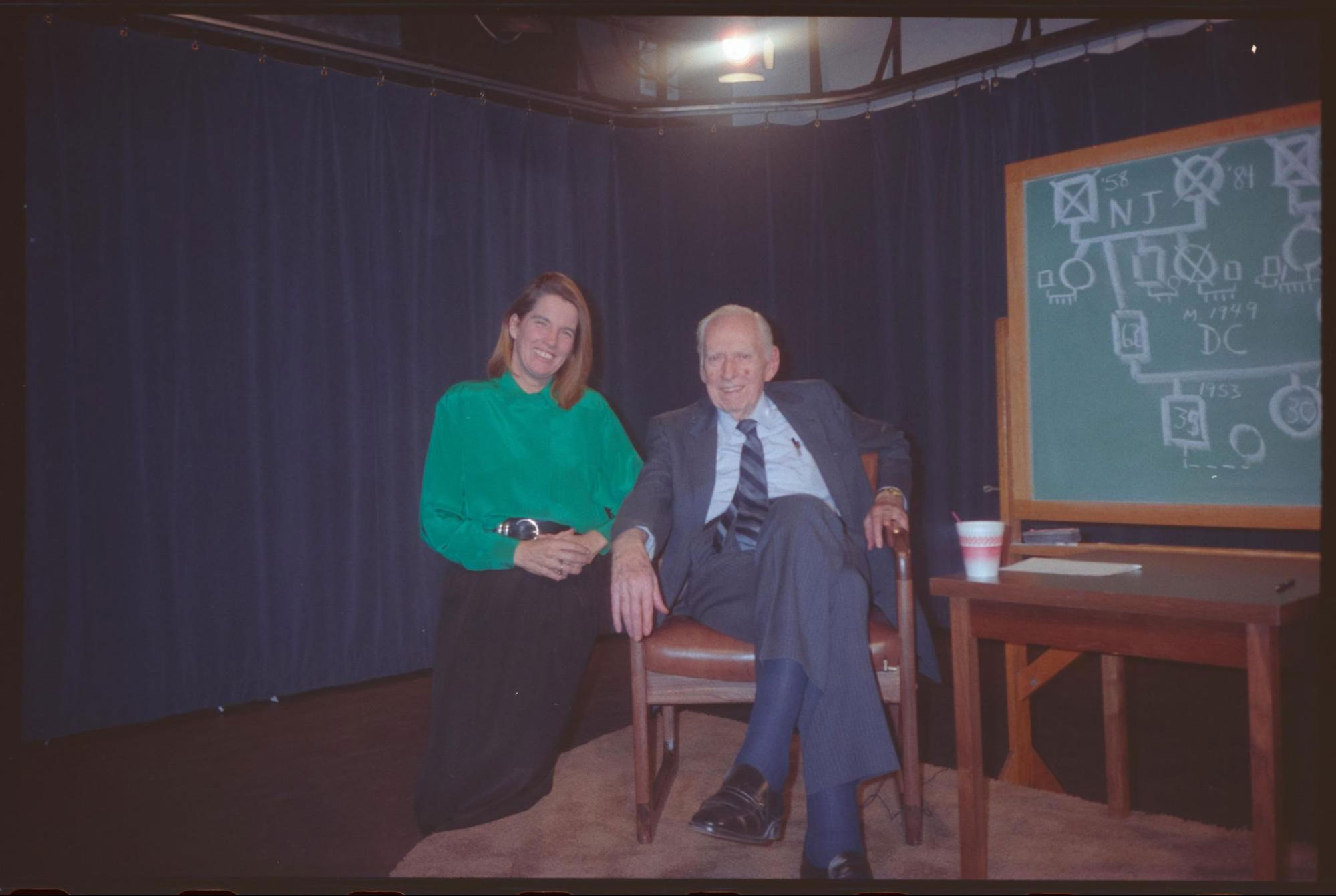
Murray Bowen and Andrea Schara
Walter Reed Army Hospital Studio, 1987
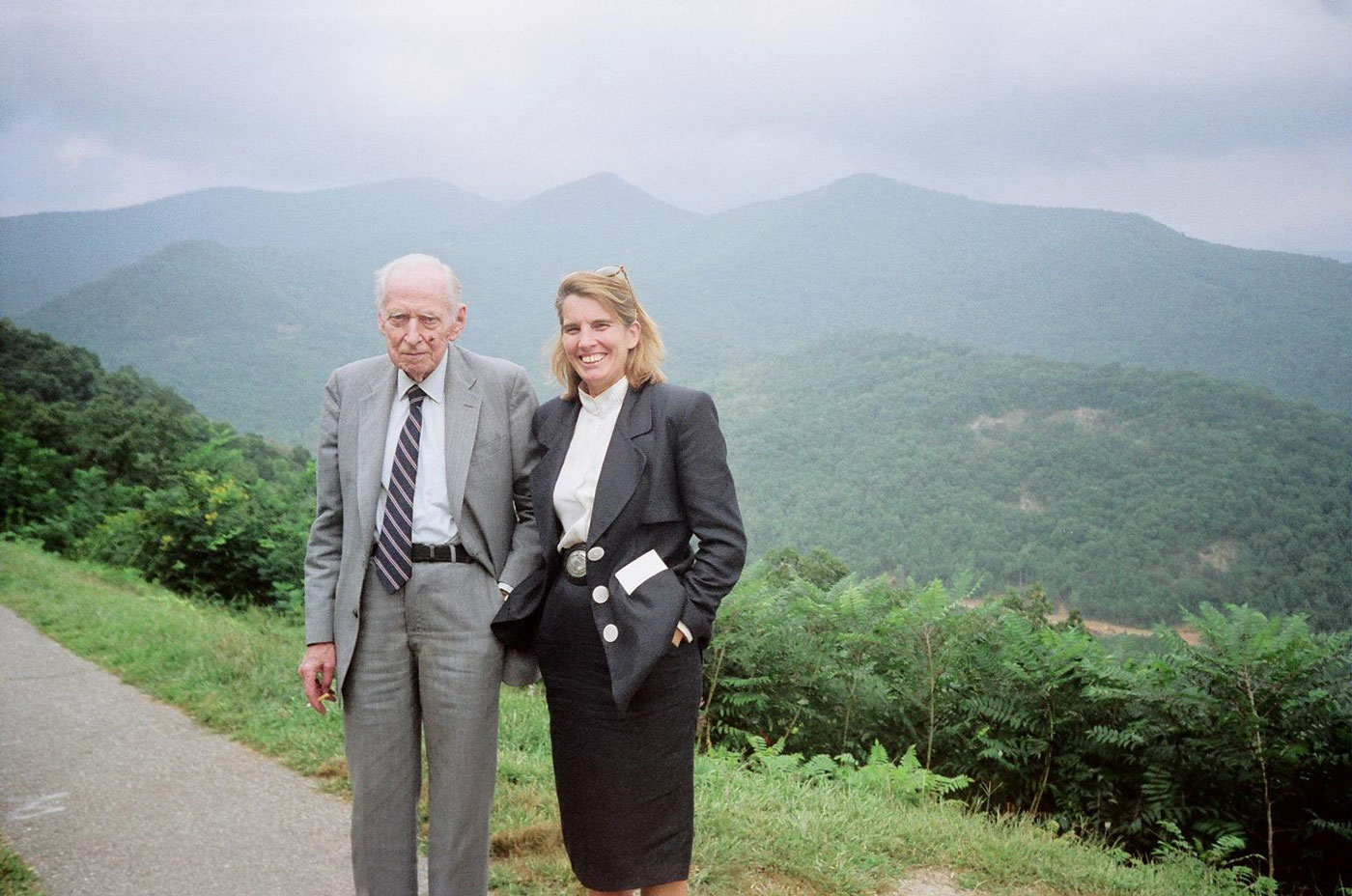
Murray Bowen and Andrea Schara
Ashville, North Carolina, 1988
Reference
1More information about the Eight Concepts of Bowen Theory is available on the Bowen Center for the Study of Family website: https://www.thebowencenter.org/core-concepts-diagrams
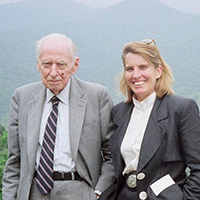
Andrea M. Schara, has a unique approach to coaching, as a life-long student of Murray Bowen, MD, she thinks theoretically, asks strategic questions, interrupts family patterns, and encourages people to define a self. Bowen’s videographer and photographer she is a founding board member, The Murray Bowen Archives Project and on the Faculty of Navigating Systems DC. She can be reached at arms711@gmail.com.

View this edition in our enhanced digital edition format with supporting visual insight and information.


